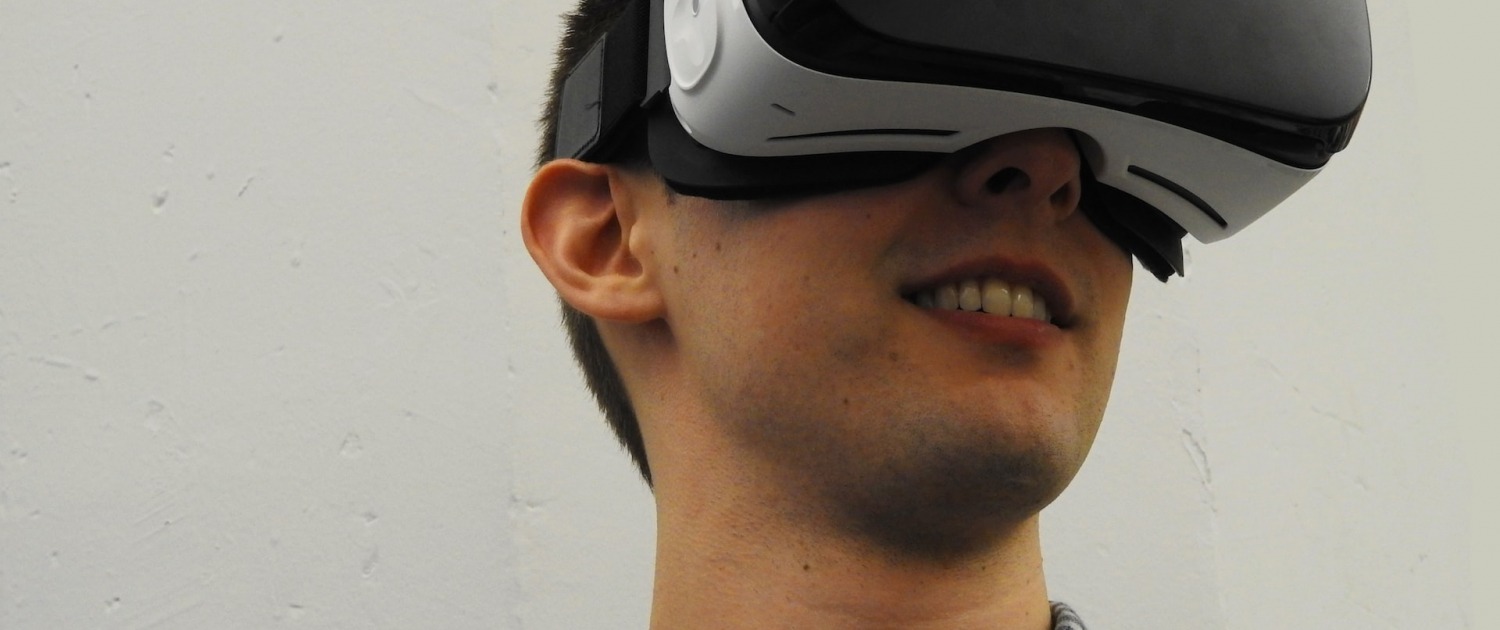Virtual reality is a growing technology with many potential applications. However, there are also potential risks associated with virtual reality that should be considered. These risks can be divided into two main categories: physical risks and mental health risks.
Physical risks of virtual reality include things like eye strain, neck pain, and dizziness. These risks are generally minor and can be avoided by using the proper equipment and taking breaks during extended use. However, more serious injuries have occurred in rare cases. In one well-publicized incident, a man broke his leg after jumping out of a window while wearing a virtual reality headset.
Mental health risks of virtual reality are less well-understood but potentially more serious. These risks include things like disorientation, anxiety, and depression. Virtual reality can also trigger latent mental health conditions such as PTSD. These risks are generally more difficult to avoid than physical risks but can be mitigated by using caution when choosing virtual reality experiences and by monitoring one’s own reactions while using virtual reality.
Physical Risks
Does VR Hurt Your Eyes?
As the world increasingly relies on screens for work, play, and communication, more and more people are experiencing eye strain.
Eye strain can cause a number of symptoms, including headaches, dry eyes, fatigue, blurred vision, and neck and shoulder pain. If you experience any of these symptoms after spending time looking at a screen, it’s important to take a break and rest your eyes.
Eye strain is a common complaint among VR users, and there are a few different factors that can contribute to this issue. One is the fact that VR headsets block out your natural field of view, so your eyes have to work harder to take in the virtual environment. Additionally, the resolution of VR headsets is often lower than what our eyes are used to, which can also lead to strain. And finally, because VR is such a new technology, we simply don’t have a lot of long-term data on its effects on our eyesight.
If you’re experiencing eye strain after using a VR headset, there are a few things you can do to help ease the discomfort. First, take breaks often – give your eyes a rest by taking off the headset for a few minutes every half hour or so. Additionally, adjust the settings on your headset if possible – making sure the image is clear and sharp can help reduce strain. And finally, If you’re experience persistent symptoms of eye strain, it’s important to see an eye doctor to rule out any underlying conditions. With proper care, you can prevent and manage eye strain caused by screens.
VR Headset Neck Pain
Neck pain is a growing problem as more and more people use virtual reality headsets. The neck is not designed to support the weight of a headset, and extended use can lead to pain and discomfort. In some cases, neck pain can even be caused by the virtual reality itself, as the movement can strain the neck muscles.
There are a few things that you can do to avoid neck pain when using virtual reality. First, make sure that your headset is properly adjusted so that it is comfortable to wear. Second, take breaks often to give your neck a rest. And finally, if you start to experience neck pain, stop using virtual reality and see a doctor.
neck pain from virtual reality is a serious problem that should not be ignored. If you use virtual reality, be sure to take precautions to avoid neck pain. And if you do start to experience neck pain, seek medical attention immediately.
Can Virtual Reality Cause Dizziness/Vertigo?
It is well known that virtual reality can cause a sense of disorientation and dizziness in some people. Virtual reality can cause dizziness and vertigo for a number of reasons. This is because when you are in a virtual environment, your brain is processing visual cues that are different from the real world. This can trick your brain into thinking that you are moving when you are actually standing still, or vice versa. This is why experiences with smooth movement such as a car or a roller coaster can often cause the feeling of being off balance and can lead to vertigo or dizziness.
There are a few things that you can do to help reduce the risk of getting dizzy or Vertigo while using virtual reality. First, make sure that you take breaks often while using VR. Secondly, try to use VR in short sessions rather than long ones. And finally, be aware of your surroundings and make sure that you are not in a place where you could fall or hurt yourself if you do feel dizzy.\
If you do start to feel dizzy or have Vertigo while using VR, it is important to remove the headset immediately and take a break. Drink some water and sit or lie down until the feeling passes. If necessary, consult a doctor if the feeling persists.
Mental Health Risks
VR Disorientation
Virtual reality has been gaining popularity in recent years, with many people using it for entertainment and gaming purposes. However, there is a growing body of evidence that suggests virtual reality can have a negative impact on mental health, particularly when it comes to causing disorientation.
There are a number of reasons why virtual reality can cause disorientation. Firstly, the immersive nature of virtual reality can make it difficult for users to orient themselves in the real world. This can lead to feelings of disorientation and even dizziness. Secondly, virtual reality can also cause problems with depth perception, which can again lead to disorientation. Finally, some people may simply find the experience of using virtual reality to be overwhelming and disorienting.
Can VR Cause Anxiety?

Virtual reality has been increasingly used in recent years as a tool for entertainment and immersion. However, there is a growing body of evidence that suggests virtual reality can actually cause anxiety in some people.
There are a number of reasons why virtual reality can trigger anxiety. First, the immersive nature of VR can make some people feel like they are losing touch with reality. This can be particularly distressing for those who already suffer from conditions like claustrophobia or agoraphobia.
Second, the lifelike graphics and environments of many virtual reality experiences can trick the brain into thinking that what it is seeing is real. This can lead to a feeling of unease or even panic.
Finally, the use of VR can often result in a feeling of isolation. When you are cut off from the real world and immersed in a virtual one, it can be easy to feel like you are completely alone. This can be particularly upsetting for people who suffer from conditions like social anxiety or depression.
If you are considering using virtual reality, it is important to be aware of the potential risks. If you experience any anxiety or distress while using VR, it is best to stop immediately and take a break. You should also speak to a doctor or mental health professional if you have any concerns about your mental health.
VR and Depression
When it comes to mental health, virtual reality (VR) is a tool that can be both helpful and harmful. On the one hand, VR can be used for exposure therapy, which can help people with anxiety disorders confront their fears in a safe environment. On the other hand, VR can also trigger depression in some people.
There are a number of reasons why VR can cause depression. First, VR can isolate people from the real world. When people spend too much time in VR, they may start to lose touch with reality and become isolated from friends and family. Second, VR can be overwhelming and intense. Some people may find the immersive experience of VR to be too much to handle, which can lead to feelings of depression. Finally, VR can be a reminder of past trauma for some people. If someone has experienced a traumatic event in their life, such as a natural disaster or a sexual assault, they may find that VR brings up these memories and causes them to relive the trauma.
VR Safety Awareness
Overall, virtual reality can be a fun and immersive experience. However, it is always important to be aware of the potential risks involved. If you experience any anxiety or distress while using VR, it is best to stop immediately and take a break. You should also speak to a doctor or mental health professional if you have any concerns about your mental health.

